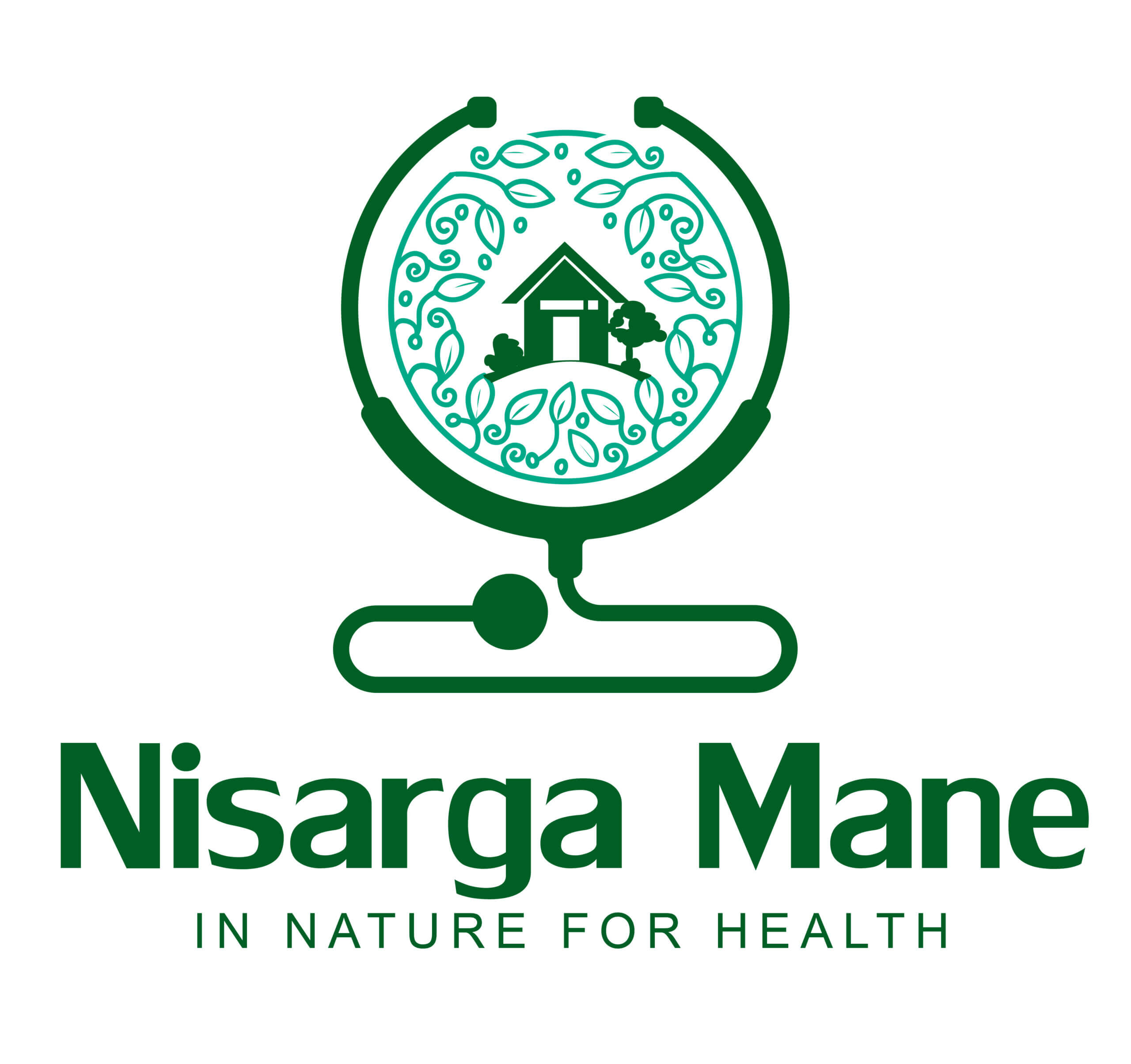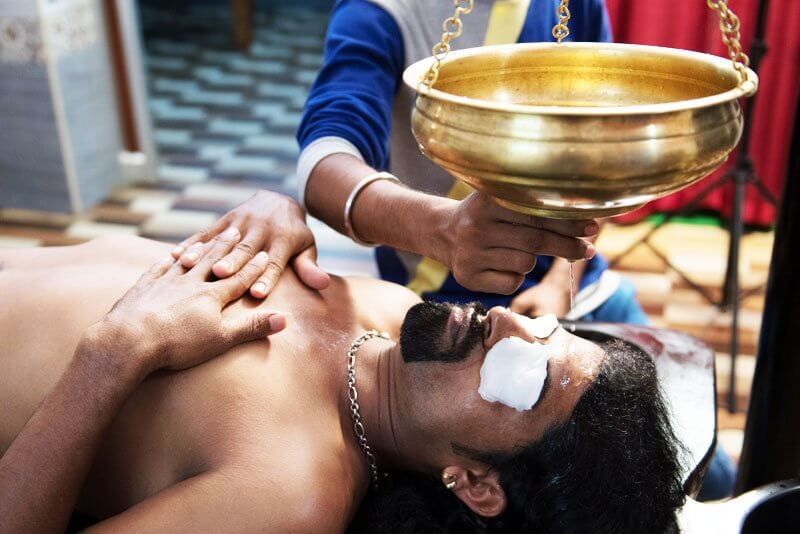Ayurveda
Ayurveda
Snehapana is the oral intake of medicated or non – medicated sneha in required quantities. This treatment improves the digestive power and also cleans the whole body. Snehapana is also beneficial for skin as it makes the skin soft and supple. Snehapana improves longevity and prevents aging.
Abhyanga commonly called oil massage is a form of ayurvedic medicine that involves massage of the whole body with warm oil. This oil is also pre – mixed with herbs for specific conditions. It is good for joints, tissues of the body and also improves the condition of dry, coarse hair and flaky skin.
Swedana is the process of inducing sweat with the help of steam, generated from medicated herbal decoctions. It helps to eliminate toxins from the body through tiny pores of the skin along with sweat. It also improves blood circulation, reduces inflammation, rejuvenates the skin, improves digestion and also improves mobility.
Shiro means head, dhara means pouring in stream. Medicated oil is poured over the forehead continuously for 30 minutes because this area has large number of nerve endings and highly sensitive. Vibrations are created on the forehead by the pressure of oil stream. This procedure improves blood circulation to the brain by vasodilating all the channels. It also helps in reducing the stress hormone. The entire procedure gives relief to the body, mind and nervous steam.
In this therapy, the entire body is given a medicated steam bath by making the patient to be in steam chamber until there is a sweat. This procedure is helpful in detoxifying the body and reducing the weight. It also loosens the joints and induces feeling of lightness.
Coming Soon…
It includes maatra basti, kati basti, janu basti and greeva basti.
The word kati means low back and basti stands for retaining something inside. The procedure includes applying heat to the sacral or lumbar region by retaining warm medicated oil within a specially formed frame is called as kati basti. It increases the circulation in that region, nourishes and strengthen the muscles and nerves relieving pain and restores flexibility.
Here Patra means leaves of medicated plants, pinda means bolus and sweda means fomentation. The therapy is given by using a bolus which is prepared by the different combination of medicinal leaves which is treated with medicinal oil along with medicinal herbs is called as Patra pinda sweda.
Janu means knee joint and basti means to hold. A basti is constructed around the knee joint front or back depending on the area where inflammation and injury is seen. By using flour of black gram and pain relieving medicated oils, it is pooled and retained in this compartment for a fixed duration of time. This treatment helps to restore the lubricating fluid in the joint and maintains the integrity of the structure involved in the joint. It removes the stiffness and pain in the joint and also improves blood circulation.
It is one of the Panchakarma procedures and mainly aims at eliminating excess pitta dosha from the body. It is very effective in the management of the metabolic syndrome with decrease in the fecal fat content. Fasting blood glucose, reduced fatty changes in liver, heart and kidney in comparison with the positive control group.
It is an ayurvedic para surgical with treatment which involves in the management of anorectal disorder, fistula-in-ano, anal-fissure and pilonidal sinus, haemorrhoids. The patient is anaesthetized with local or general anaestia, then a malleable probe is passed through the external opening of the fistula to the internal opening in the anal canal and probe is gently taken out through anal opening to outside with Kshara suthra in the groove of probe. Both ends of Kshara sutra tied together. Kshara sutra is replaced by a new one after one week. Kshara sutra gradually cuts and heals the tract finally the whole fistulous tract heals after cutting.



